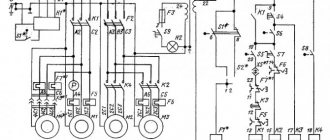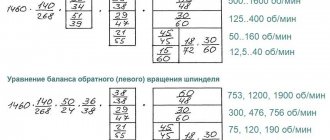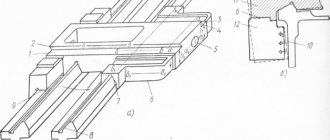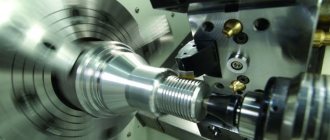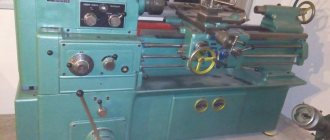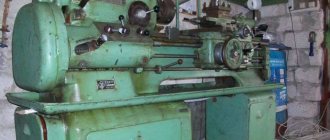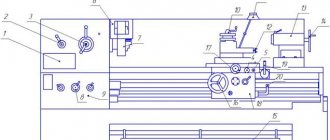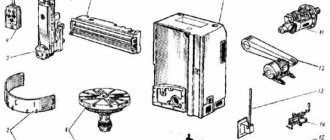Characteristics of cutting conditions
The necessary technological parameters used in metal turning have their origin in the theory of cutting. Its main provisions are used by designers when designing cutting tools, metal-cutting machines and devices.
The required turning processing conditions can be obtained in two ways. In the first case, modes are assigned using tabular data. Data were recorded over a long period of time at different stages of processing with different tools.
Read also: Drawing of a spur gear
In the second case, cutting conditions are calculated using empirical formulas. This method is called the analytical method. It is believed that the analytical method gives more accurate results in contrast to the assigned parameters.
Today, software developers offer many programs for calculating processing modes. It is enough to enter known data into the fields and the program will independently perform the calculations and display the result. This greatly simplifies the work and reduces its duration.
To manufacture a part with the specified dimensions and the required surface finish, a drawing is required. On its basis, a technological processing process is developed with the selection of the necessary equipment and tools.
Turning tools: classification
The accuracy of the resulting dimensions and processing productivity largely depend on the quality and reliability of turning tools. They must provide:
- obtaining the required form;
- dimensions;
- surface quality;
- the greatest productivity with minimal power, and therefore energy costs;
- manufacturability in manufacturing;
- possibility of restoring cutting properties;
- minimal consumption of expensive tool materials.
Turning cutters can be classified according to the processing method:
- checkpoints;
- pruning;
- cutting;
- slotted;
- fillets;
- threaded;
- shaped;
- boring
Based on the material of the cutting part there are:
- instrumental;
- high-speed;
- carbide:
- single-carbide (tungsten);
- two-carbide (titanium-tungsten);
- tricarbide (titanium tantalum tungsten);
- mineral ceramic;
- diamonds.
According to their design, turning tools are:
The choice of the type of turning cutter depends on the type of surface being processed (external, internal), the hardness of the workpiece material, the type of processing (roughing, semi-finishing, finishing), geometric parameters and the material of the cutting part and holder.
Setup diagram
The setup is carried out step by step in several stages. The sequence of steps must not be changed, otherwise the task will be completed incorrectly. There are six main setup stages:
- installation of equipment in a fixed position;
- installation of devices and working mechanisms;
- performing dimensional adjustments;
- input of control program;
- processing of a test piece;
- assessing the performance of the control program and making corrections.
It should be borne in mind that even an experienced operator cannot adjust metal-cutting devices without the need to make changes. This process is called adjustment. It represents additional adjustment in order to improve the quality of processing. If the machine was set up by a professional, he will definitely carry out adjustments and look at the errors in detail.
